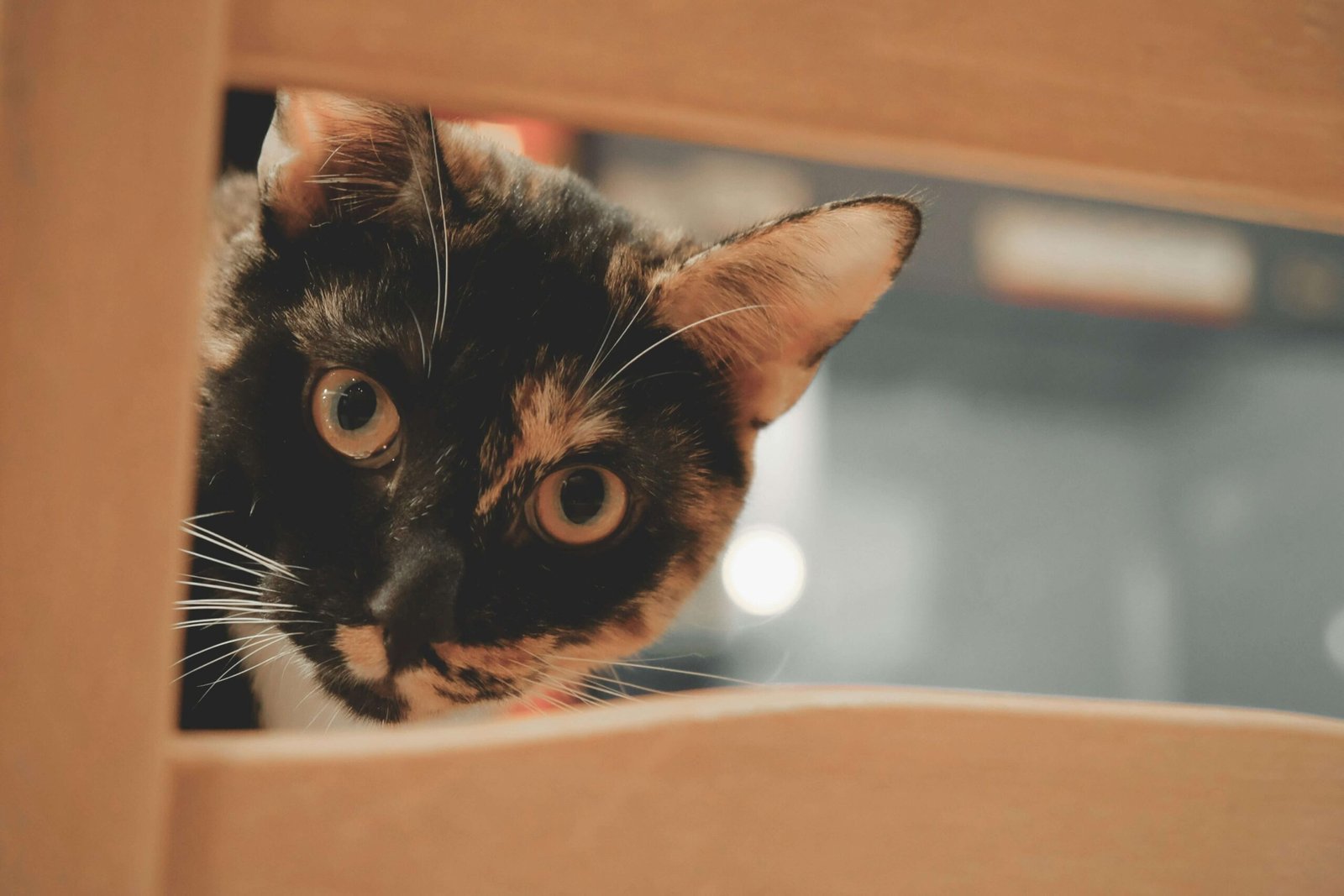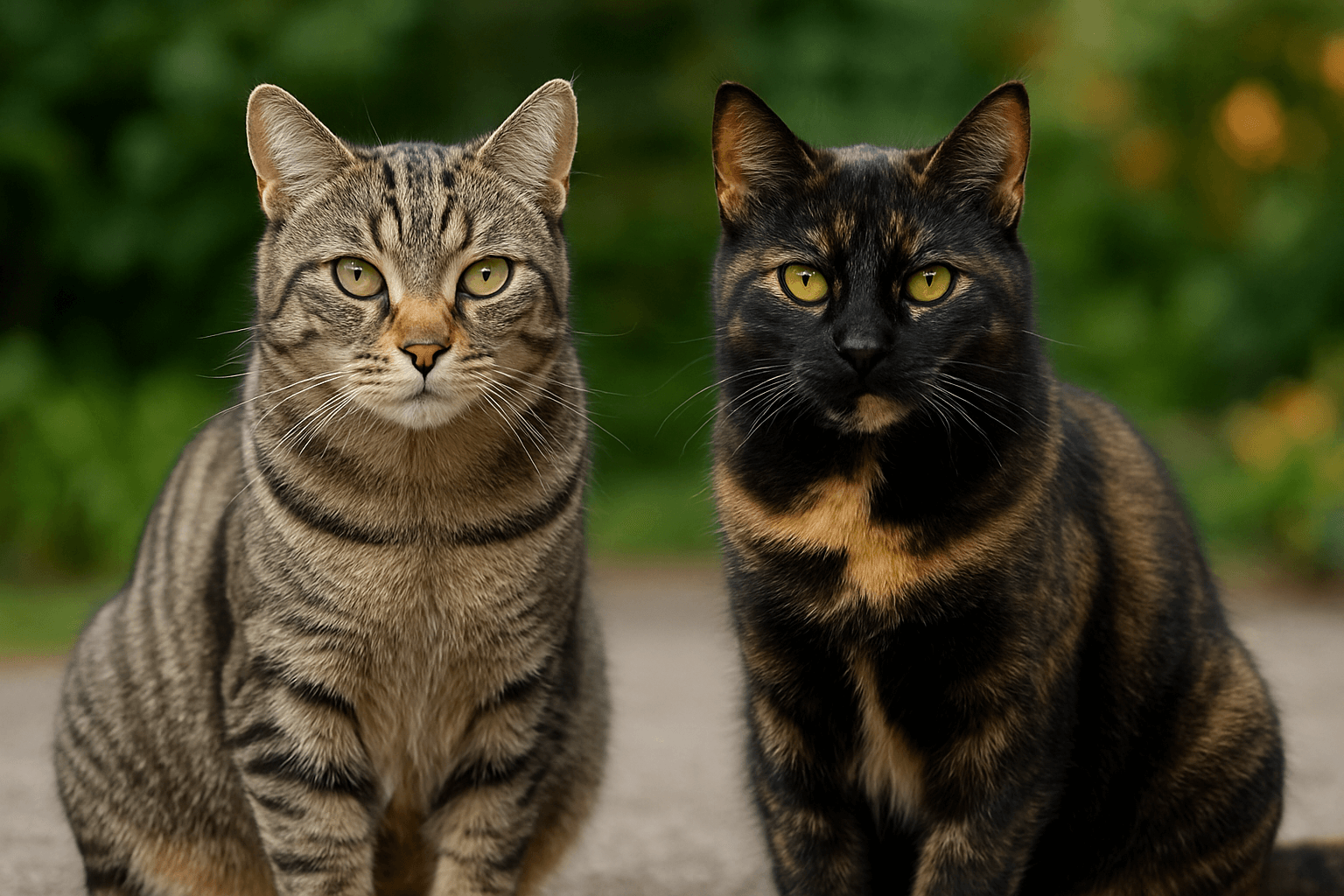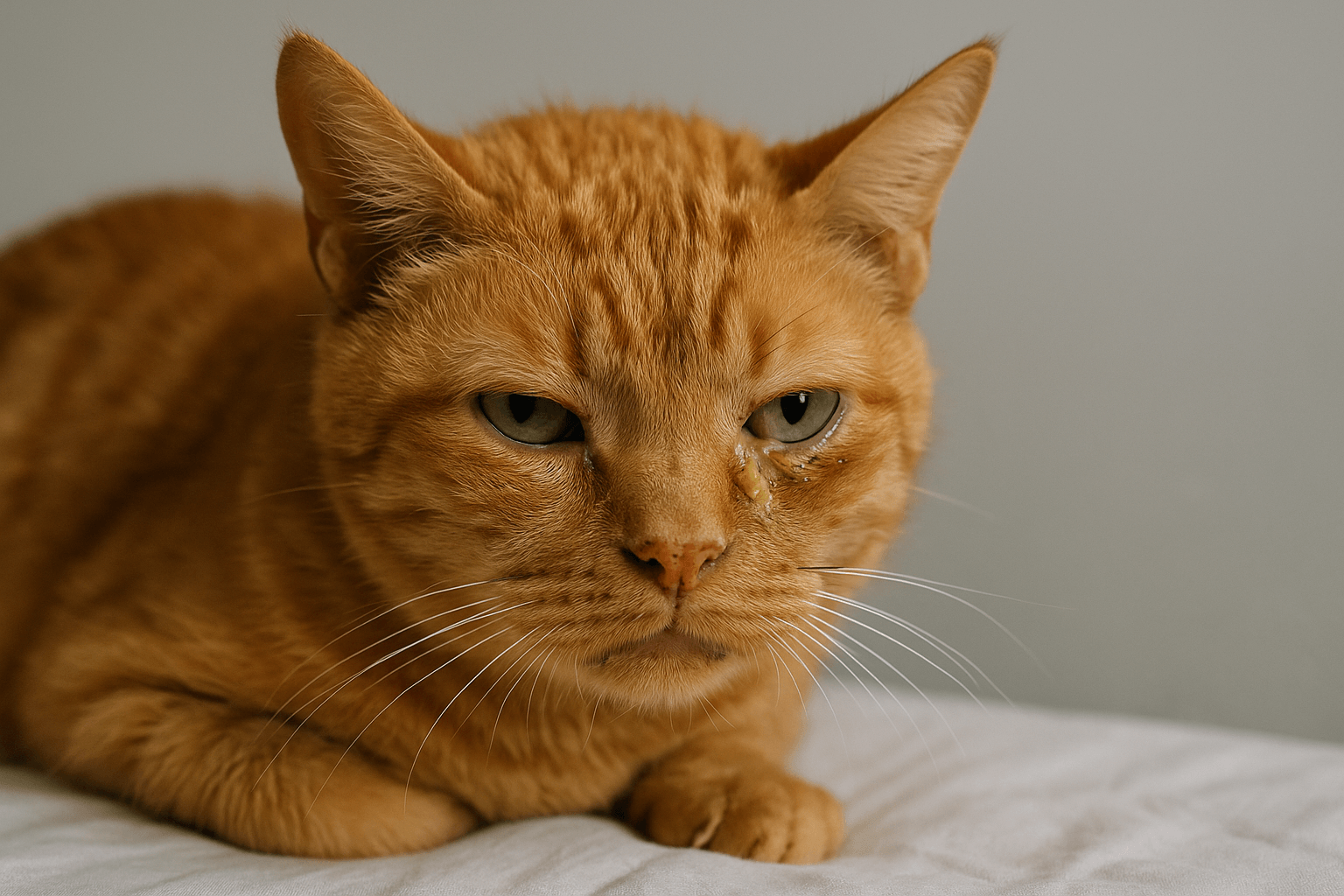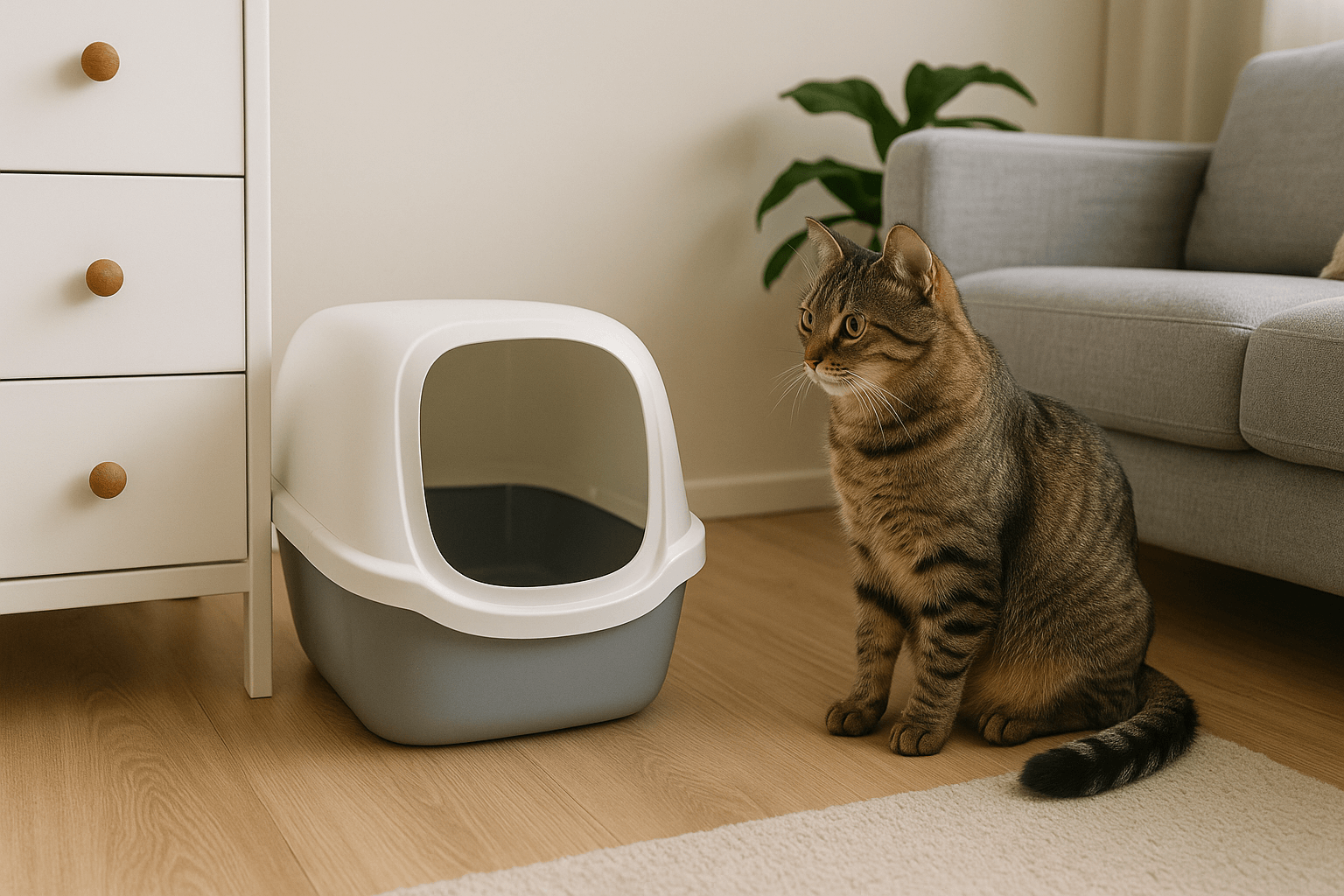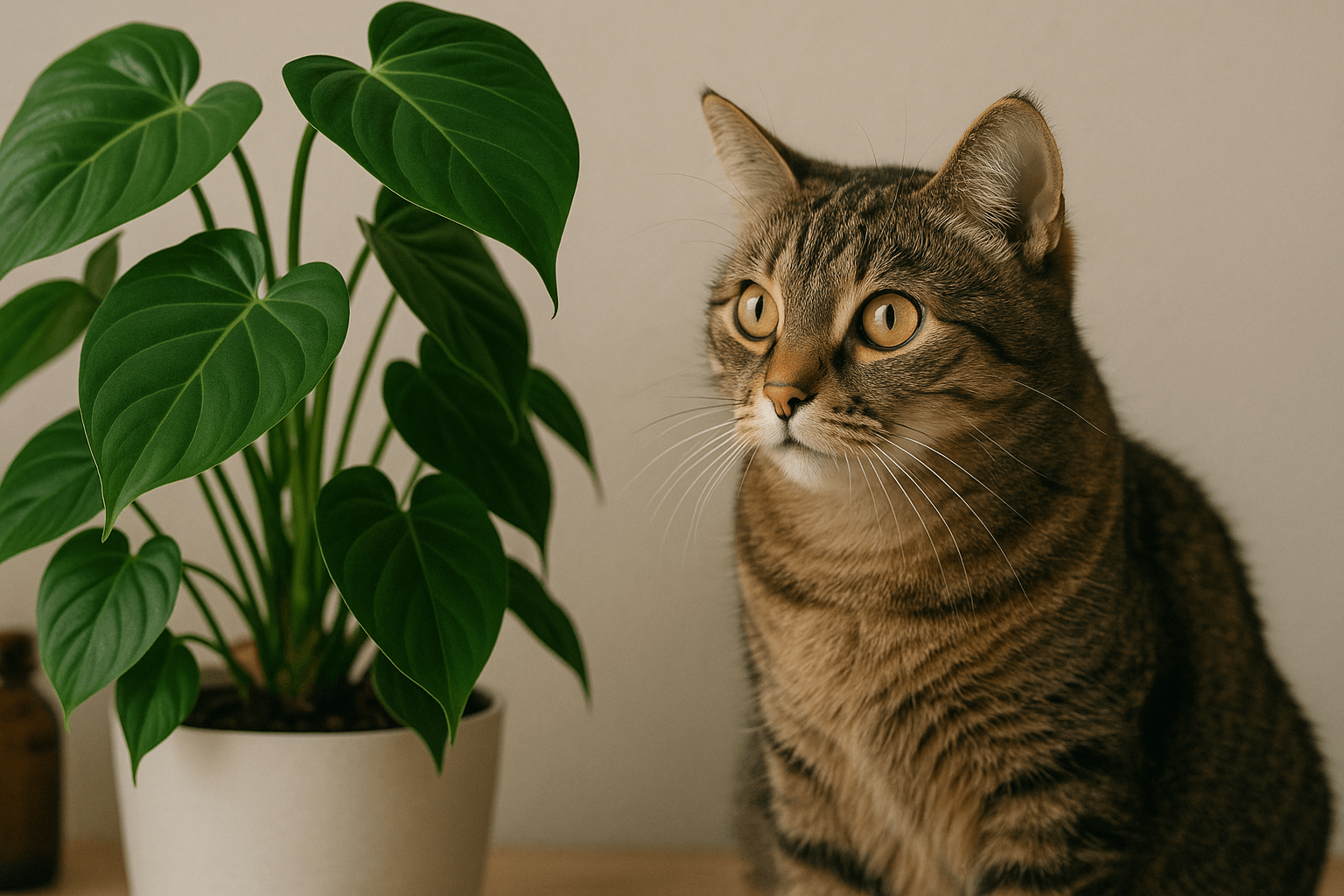Why Does My Cat Walk in Front of Me? Decoding Feline Behavior
Cats are fascinating creatures, and their quirky behaviors often leave us scratching our heads. One such behavior is when your cat insists on walking directly in front of you, sometimes even weaving between your legs. While this might seem like a random act, it’s actually rooted in feline instincts, communication, and affection. In this blog post, we’ll explore why your cat engages in this behavior, what it means for your relationship, and how you can respond to it. Whether you’re a seasoned cat owner or new to the world of feline companionship, this guide will help you understand your furry friend better.
The Reasons Behind This Behavior
Before diving into specific explanations, it’s important to note that cats communicate primarily through body language. Walking in front of you is one of the many ways they express themselves. Here are some possible reasons behind this behavior:
Marking Their Territory
Cats have scent glands on their bodies, including their paws and face. By walking in front of you, they may be marking you as part of their territory.Seeking Attention
If your cat feels neglected or wants something (like food or playtime), they might walk in front of you to grab your focus.Showing Affection
Cats often weave around their owners as a sign of love and trust. It’s their way of saying, “You’re part of my family.”Guiding You Somewhere
Sometimes, your cat might want to lead you to a specific spot, like their food bowl or litter box, especially if something needs attention.Curiosity About Your Movements
Cats are naturally curious animals. If you’re moving around, they might simply want to investigate where you’re going.
In summary, your cat’s behavior of walking in front of you is multifaceted and deeply rooted in their instincts and bond with you. Understanding these motivations can strengthen your connection with your pet.
How Cats Communicate Through Movement
Cats use movement not just for navigation but also as a form of communication. When your cat walks in front of you, it could be sending several subtle signals. Below are key insights into how movement plays a role in feline communication:
Body Language Speaks Volumes
Every step your cat takes conveys meaning. A slow, deliberate walk might indicate calmness or curiosity.Weaving Is a Bonding Gesture
When your cat rubs against your legs while walking, it’s reinforcing your bond by sharing its scent with you.Movement Patterns Reflect Emotions
A quick, erratic walk might signal excitement, while a slow stroll could mean relaxation or contentment.Positioning Themselves Strategically
Walking in front of you ensures they stay within your line of sight, which could be a sign of trust or dependency.Following Instincts
Even domesticated cats retain wild instincts, such as staying close to their “pack” leader—you!
By paying attention to how your cat moves, you can gain valuable insights into its emotional state and intentions.
Check this guide 👉Why Does My Cat Watch Me Shower? Best 7 Expert Tips!
Check this guide 👉Why Is My Cat So Big But Not Fat? Best 7 Expert Tips!
Check this guide 👉Why Does My Cat Lay on My Stomach? Best 7 Expert Tips!
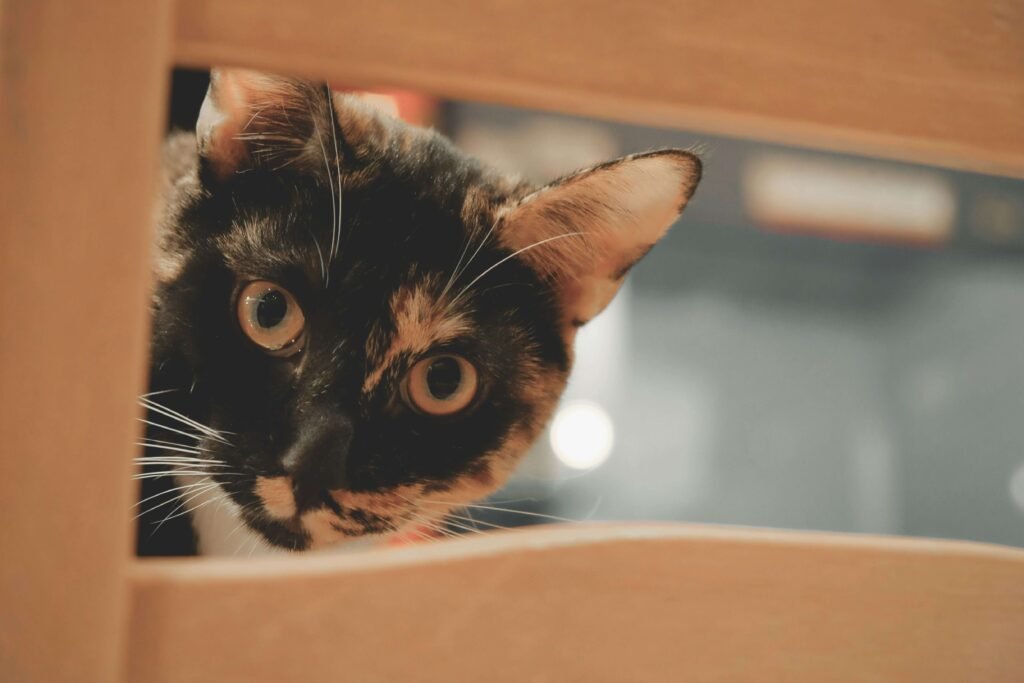
Reasons Cats Walk in Front of You | What You Can Do |
|---|---|
Marking their territory | Allow them to express this behavior naturally. |
Seeking attention | Spend quality time playing or petting them. |
Showing affection | Respond with gentle pets or kind words. |
Guiding you somewhere | Check if they need food, water, or cleaning supplies. |
Displaying curiosity | Engage with them by talking or showing interest. |
Addressing Potential Concerns
While walking in front of you is generally harmless, there are instances where it might indicate an underlying issue. Here’s what to look out for:
Overly Persistent Behavior
If your cat constantly blocks your path, it could be a cry for more interaction or stimulation.Changes in Walking Patterns
Sudden changes in gait or frequent stumbling might indicate health issues like arthritis or neurological problems.Aggressive Weaving
If your cat seems overly forceful while weaving, it could be a sign of stress or anxiety.Accompanying Vocalizations
Loud meowing combined with walking in front of you might mean your cat is urgently trying to communicate a need.Contextual Triggers
Pay attention to when this behavior occurs—certain environments or situations might trigger it.
If any of these concerns arise, consider consulting a veterinarian to rule out medical causes.
Strengthening Your Bond Through Understanding
Understanding why your cat walks in front of you allows you to nurture a stronger relationship. Here are actionable tips to enhance your bond:
Observe Patterns
Take note of when and where your cat exhibits this behavior to identify triggers.Respond Positively
Acknowledge your cat’s actions with praise or treats to reinforce positive interactions.Provide Mental Stimulation
Engage your cat with toys or puzzles to satisfy their curiosity and energy levels.Create a Routine
Establish regular feeding, play, and cuddle times to build trust and predictability.Respect Their Space
While interaction is important, ensure your cat has moments of solitude to feel secure.
By implementing these strategies, you’ll foster a deeper connection with your feline companion.
Understanding Your Cat’s Unique Personality
Every cat has its own distinct personality, and their behavior often reflects their individual quirks. Walking in front of you can be influenced by these unique traits. Here are some factors that might shape this behavior:
Confidence Levels
A confident cat may walk in front of you boldly, asserting its presence without hesitation.Attachment Style
Some cats form strong bonds with their owners, leading them to stay close and seek constant interaction.Past Experiences
Cats with a history of positive reinforcement may repeat behaviors like walking in front of you to gain attention or rewards.Age and Energy
Younger, more energetic cats might engage in this behavior more frequently than older, calmer ones.Breed-Specific Traits
Certain breeds, like Siamese or Maine Coons, are known for being more social and interactive.
Understanding your cat’s personality can help you interpret why they choose to walk in front of you and how best to respond to their needs.
Signs That Your Cat Trusts You
When your cat walks in front of you, it’s often a sign of trust and comfort in your presence. Here are some other behaviors that indicate your cat feels safe with you:
Purring Near You
Cats purr when they’re content, and doing so near you is a clear sign of trust.Kneading on Your Lap
This behavior stems from kittenhood and shows they see you as a source of comfort.Exposing Their Belly
A cat showing its belly is displaying vulnerability, which means they trust you completely.Following You Around
If your cat shadows your movements, it’s a sign they feel secure in your company.Slow Blinking at You
Often called a “cat kiss,” slow blinking is a gesture of affection and trust.
These signs, along with walking in front of you, highlight the deep bond you share with your feline companion.
Tips for Enhancing Communication with Your Cat
Building a strong connection with your cat involves understanding their non-verbal cues. Here are some practical tips to improve communication and strengthen your relationship:
Learn Their Body Language
Pay attention to tail positions, ear movements, and vocalizations to better understand their mood.Use Positive Reinforcement
Reward desired behaviors with treats, praise, or playtime to encourage repetition.Respect Their Boundaries
If your cat seems uncomfortable or retreats, give them space to avoid stress.Engage in Interactive Play
Regular play sessions help build trust and provide mental stimulation.Observe Daily Routines
Noticing patterns in your cat’s behavior can help you anticipate their needs and preferences.
By implementing these strategies, you’ll create an environment where your cat feels understood and cherished, further enriching your shared bond.
FAQ
Is it normal for my cat to walk in front of me?
Yes, it’s completely normal and often a sign of affection or communication.
Should I be concerned if my cat suddenly starts doing this?
Not necessarily, but monitor for other unusual behaviors or symptoms that might indicate health issues.
How can I discourage my cat from blocking my path?
Redirect their energy with toys or activities instead of punishing the behavior.
Does this behavior mean my cat sees me as its parent?
In a way, yes! Cats view their humans as part of their social group or “family.”
Can I train my cat to stop walking in front of me?
Training isn’t recommended, as this behavior is natural. Instead, focus on understanding and managing it positively.
Celebrating the Unique Bond with Your Cat
Understanding why your cat walks in front of you opens up a world of insight into their personality and needs. From marking territory to expressing affection, this behavior is a testament to the unique bond you share. By observing, responding thoughtfully, and nurturing your relationship, you’ll continue to enjoy the joy and companionship that only a cat can bring. Remember, every quirk is a reminder of the special connection you have with your feline friend. So the next time your cat saunters in front of you, take a moment to appreciate the silent conversation happening right at your feet.
Tabby Cat vs Tortoiseshell: Best 7 Expert Tips! Discover the differences in patterns, personalities, and care needs between tabby and tortoiseshell cats to find your perfect feline companion.
Understanding Trichomoniasis in Cats: Best 7 Expert Tips! Discover symptoms, treatment, and prevention strategies for this common feline parasite to keep your cat healthy and happy.
Where to Place a Cat Litter Box? Best 7 Expert Tips! Discover ideal spots, avoid common mistakes, and learn how to keep your cat happy with perfect litter box placement.
Are Philodendrons Toxic to Cats? Best 7 Expert Tips! Discover if philodendrons are safe for cats, symptoms of poisoning, and expert advice to keep your feline friend healthy around houseplants.

